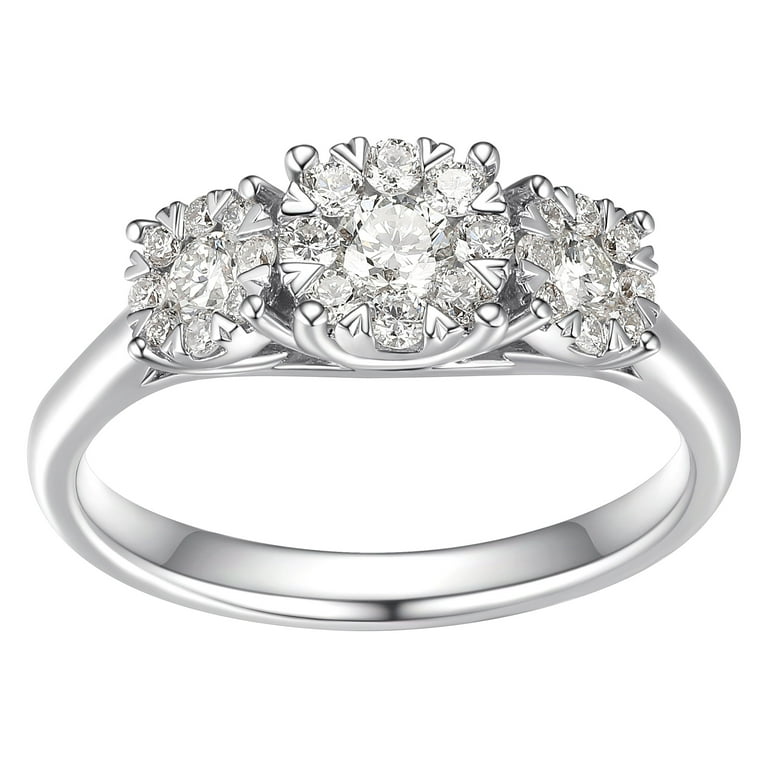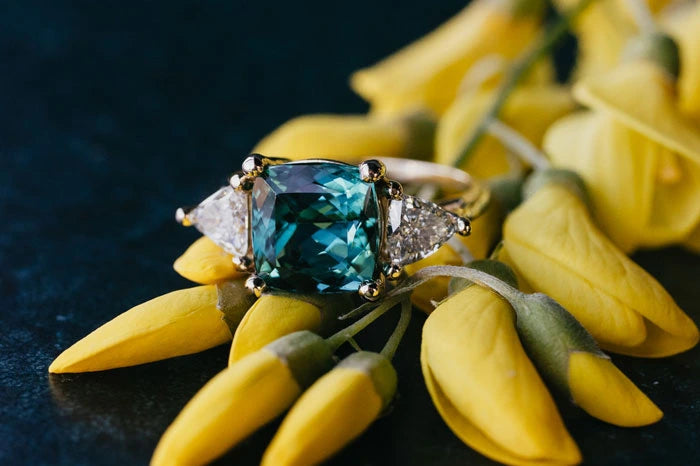
The world of diamonds has evolved significantly in recent years, with lab-grown diamonds becoming increasingly popular and more accessible to consumers. While natural diamonds have long been considered the epitome of luxury and romance, lab diamonds are challenging traditional perceptions. But are they really better? Let’s dive into the various factors to consider when comparing lab-grown and natural diamonds.
What Are Lab Diamonds?
Lab diamonds, also known as are lab diamonds better synthetic, or cultured diamonds, are created using two main methods: High Pressure High Temperature (HPHT) and Chemical Vapor Deposition (CVD). Both methods replicate the natural conditions under which diamonds are formed in the Earth’s mantle. The result is a diamond that is chemically, physically, and optically identical to one formed naturally, but with a significantly reduced environmental footprint.
1. Cost-Effectiveness
One of the most compelling arguments for lab-grown diamonds is their cost. Typically, lab diamonds are 30-40% less expensive than their natural counterparts. This price difference can be significant, especially when purchasing larger stones or high-quality diamonds. Lab-grown diamonds are more affordable because they are produced in controlled environments, and the cost of mining natural diamonds is eliminated.
The lower cost makes lab-grown diamonds more accessible to a broader range of consumers. Those looking for a larger or higher-quality diamond can get more value for their money. For example, you might be able to purchase a bigger, higher-quality lab diamond for the same price as a smaller natural diamond.
2. Environmental Impact
Mining natural diamonds is an environmentally intensive process. It involves digging deep into the Earth, displacing large amounts of soil, and potentially damaging ecosystems. There are also concerns regarding the carbon emissions associated with diamond mining.
On the other hand, lab-grown diamonds are created in laboratories using sustainable methods, which tend to have a much smaller environmental footprint. While the energy consumption of lab-grown diamonds still plays a role in their overall sustainability, the carbon footprint is significantly less than that of traditional diamond mining.
For consumers who are environmentally conscious, lab-grown diamonds provide an ethical and sustainable alternative.
3. Ethics and Conflict-Free Assurance
Natural diamonds have a long history of being linked to “conflict diamonds” or “blood diamonds” – stones mined in war zones and used to fund violent conflicts. Although the industry has taken steps to address this issue (e.g., through the Kimberley Process Certification Scheme), concerns about ethical sourcing persist.
Lab-grown diamonds, by their very nature, are conflict-free. They do not contribute to violence, human rights abuses, or exploitation of workers, as they are produced in controlled environments. This assurance is another significant draw for buyers who want to make an ethical purchase.
4. Appearance and Quality
When it comes to appearance, lab diamonds are virtually indistinguishable from natural diamonds. Both are made of carbon atoms arranged in a crystalline structure, which gives them their signature sparkle and brilliance. Lab diamonds are graded using the same criteria as natural diamonds: the Four Cs (cut, color, clarity, and carat weight).
The key difference lies in the origin of the diamond. While natural diamonds have formed over billions of years, lab-grown diamonds are created in weeks to months. However, this does not affect their quality or appearance. In fact, lab diamonds can be cut to precise specifications, which means they often have superior symmetry compared to natural diamonds.
5. Resale Value
One area where natural diamonds traditionally hold an edge over lab-grown diamonds is resale value. Natural diamonds, especially high-quality ones, have retained their value over time. Lab-grown diamonds, on the other hand, currently have a lower resale value, primarily because they are easier to produce, and their supply is more consistent.
However, this shouldn’t discourage buyers who view diamonds primarily as a form of personal expression or investment in memories, lab grown diamonds, rather than something to sell later. For many, the emotional value and beauty of a diamond far outweigh any potential for resale profit.
6. Perception and Status
Diamonds, especially natural ones, have long been associated with luxury, prestige, and rarity. A natural diamond engagement ring is still often seen as a symbol of timeless elegance and status. Lab-grown diamonds, although growing in popularity, have yet to fully shed the stigma of being “artificial.”
For some consumers, the allure of a natural diamond’s rarity and its long history may outweigh the advantages of a lab-grown one. However, as awareness and acceptance of lab-grown diamonds grow, perceptions may shift, and lab-grown diamonds may come to be seen as just as prestigious as their natural counterparts.
Conclusion: Are Lab Diamonds Better?
Ultimately, whether lab diamonds are “better” depends on individual values and priorities. For consumers focused on cost savings, ethical sourcing, and environmental impact, lab-grown diamonds present a compelling choice. They offer the same beauty, durability, and sparkle as natural diamonds at a fraction of the cost, with fewer ethical concerns.
However, for those who prioritize rarity and the traditional allure of natural diamonds, there’s no substitute for the real thing. The decision between a natural and a lab-grown diamond is highly personal and should reflect what matters most to the buyer – whether it’s ethical considerations, environmental impact, or the timeless prestige of a naturally formed diamond.
In the end, both types of diamonds have their place in the jewelry market. What’s clear is that lab-grown diamonds are a rising force in the industry, offering consumers more options than ever before.







